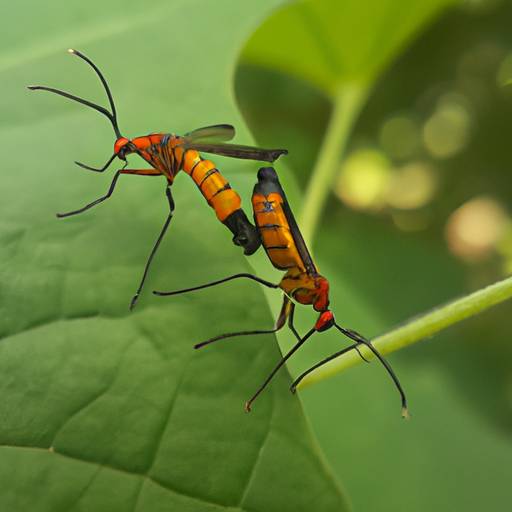 Introduction:
Introduction:
Monogamy, defined as the practice of forming and maintaining lifelong pair bonds, is a remarkable phenomenon observed in various animal species. By choosing a single partner, these animals engage in a unique form of social organization that involves shared parenting, resource allocation, and mutual support. In this comprehensive article, we delve into the captivating world of monogamy in the animal kingdom, exploring its evolutionary origins, behavioral patterns, and examples from diverse taxa.
Evolutionary Origins of Monogamy:
The evolution of monogamy is a subject of ongoing scientific debate. Some researchers argue that monogamy emerged as an adaptive strategy to maximize reproductive success, ensuring both parents contribute equally to the survival and care of offspring. Others suggest that ecological factors, such as resource availability and distribution, influenced the development of monogamy. Regardless of its origins, monogamy has evolved independently in numerous lineages, highlighting its importance as a successful reproductive strategy.
Mating Systems and Types of Monogamy:
Monogamy encompasses a spectrum of mating systems, each with unique characteristics. The most well-known form is known as social monogamy, where individuals form long-term pair bonds but may still engage in extra-pair copulations. Genetic monogamy, on the other hand, refers to strict fidelity, where individuals remain sexually exclusive throughout their lives. Furthermore, serial monogamy is observed in species that form new pair bonds after the death or separation of a partner. Exploring these different types of monogamy provides valuable insights into the complexity of animal relationships.
Monogamy in Birds:
Birds are among the most renowned examples of monogamous animals, with approximately 90% of bird species exhibiting some form of monogamy. Avian monogamy often involves elaborate courtship rituals, nest building, and shared parental care. Penguins, swans, albatrosses, and many songbirds are well-known for their lifelong pair bonds, where both parents contribute to incubation, feeding, and protecting their offspring. The remarkable coordination and cooperation between avian monogamous pairs have captured the attention of researchers and nature enthusiasts alike.
Monogamy in Mammals:
While monogamy is less common in mammals compared to birds, certain species have embraced this lifestyle. Primates, including humans, gibbons, and some marmosets, exhibit social monogamy, forming stable pair bonds with shared responsibilities in raising their young. Canids like wolves and some fox species also engage in monogamous relationships, displaying strong pair bonds and cooperative hunting strategies. Monogamy in mammals often involves complex social structures that contribute to the survival and well-being of their offspring.
Monogamy in Invertebrates and Fish:
Monogamy is not limited to vertebrates; it is also observed in several invertebrate species, such as insects, crustaceans, and mollusks. Among insects, certain bees, wasps, and termites form lifelong pair bonds for reproduction and nest maintenance. In the marine world, seahorses, pipefish, and certain coral reef fish exhibit monogamy, with males investing heavily in parental care, incubation, and protection. These unique examples highlight the diversity of monogamous relationships across the animal kingdom.
Benefits and Challenges of Monogamy:
Monogamy provides various advantages for animals, including increased offspring survival, efficient resource allocation, and enhanced defense against predators. By sharing parenting duties and resources, monogamous pairs can ensure the success of their genetic lineage. However, maintaining a monogamous relationship presents challenges, including finding a suitable partner, guarding against potential infidelity, and adapting to changing environmental conditions. Understanding these dynamics is crucial for comprehending the complexities of monogamous behavior.
Conclusion:
From the intricate pair bonds of birds to the cooperative parenting strategies of primates, monogamy in the animal kingdom showcases the remarkable diversity of relationships and social structures. Through evolutionary pressures and ecological demands, these animals have adopted lifelong pair bonds as a reproductive strategy, highlighting the adaptive nature of monogamy. Studying monogamous species provides invaluable insights into the social dynamics, cooperative behaviors, and ecological interactions that shape the natural world.
